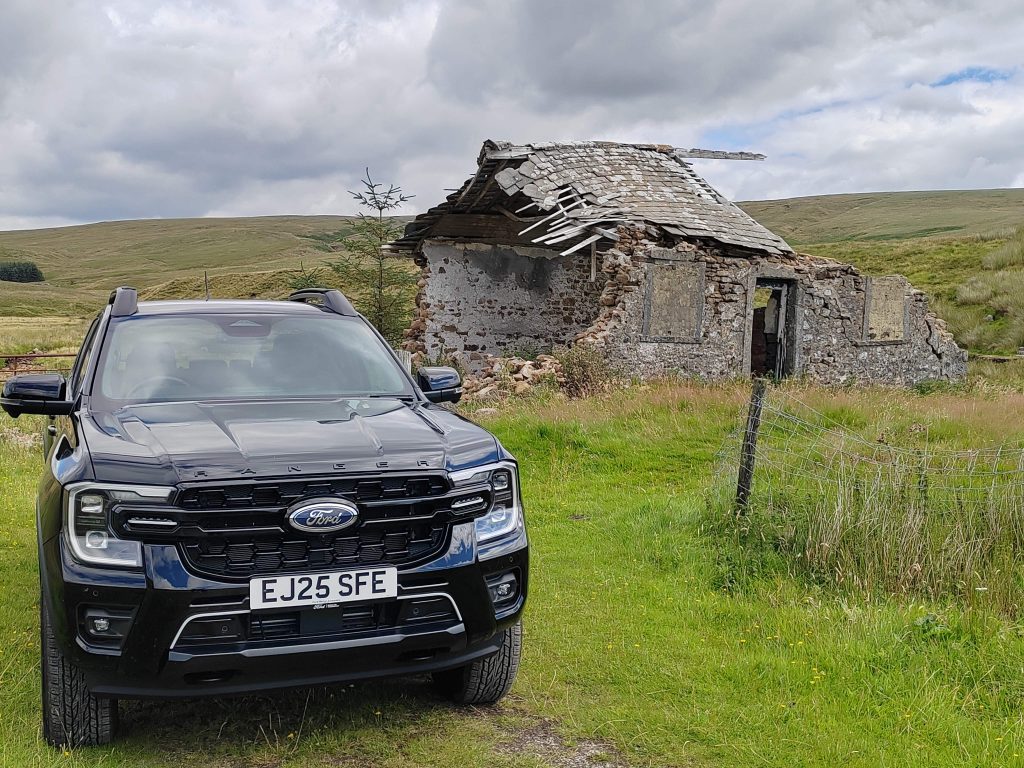Ford Ranger PHEV Review
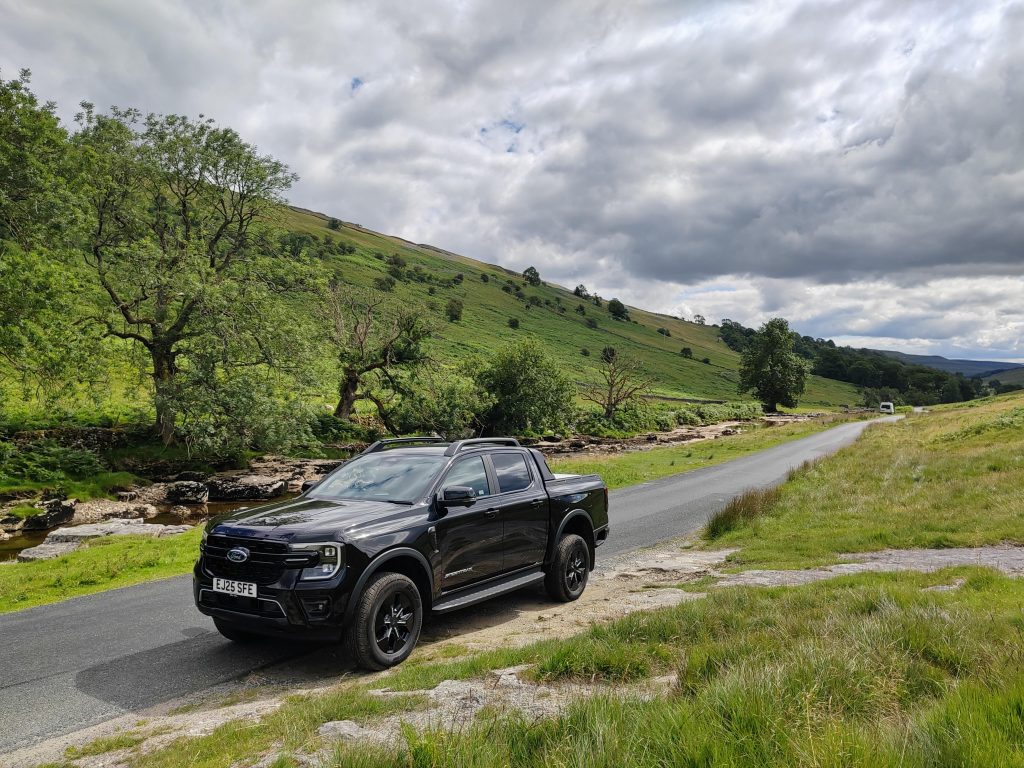
I’ve always been a little sceptical about hybrid technology. With the exception of some taxation advantages with company cars, I don’t see a huge argument in favour of a hybrid van or pickup. Diesel, fine, and, if electric works for you, great. But, the halfway house? I don’t quite get it.
However, after experiencing the Transit Custom PHEV, a van which blew me away in the manner in which it drove, I was eager to see how the technology would work when applied to a pickup. So, I spent a week with the new Ranger PHEV.
This isn’t going to be a ‘wheels to roof’ review – I’ve tackled the Ranger in diesel form in its latest guise which you can read here (although, bear in mind that the 2.0 litre diesel Ranger is being discontinued, pushing buyers into the larger petrol or diesel engined derivatives, or, more likely, into this hybrid version).
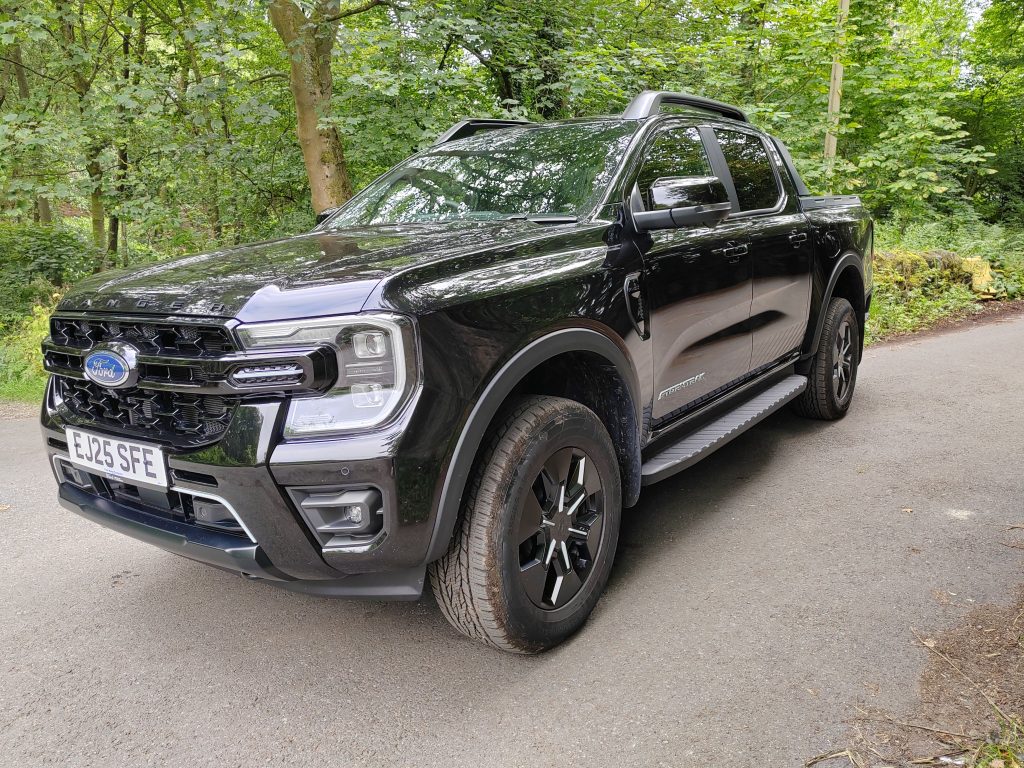
The Range
Currently (Autumn 2025) you can get the Ranger PHEV in XLT, Wildtrak and Stormtrak trim, although I understand that Stormtrak, the truck I was given for review will be discontinued in 2026.
Under the Bonnet
Here lies a 2.3 litre petrol engine producing a healthy 281PS married to Ford’s excellent 10-speed automatic transmission. Perhaps the most staggering statistic is the torque output of the engine, a whopping 697Nm. In addition, there’s a 75kWh electric motor which is fuelled by an 11.8kWh battery, a size which looks modest in comparison to those fitted to fully electric vehicles. This allows the truck to drive for around 27 miles in fully electric mode. Plug the Ranger in and it can be fully charged in around 16 hours.
The Ranger PHEV also boasts Ford’s Pro Power Onboard tech, allowing an operator to connect mains powered tools and equipment, utilising power stored in the trucks battery.
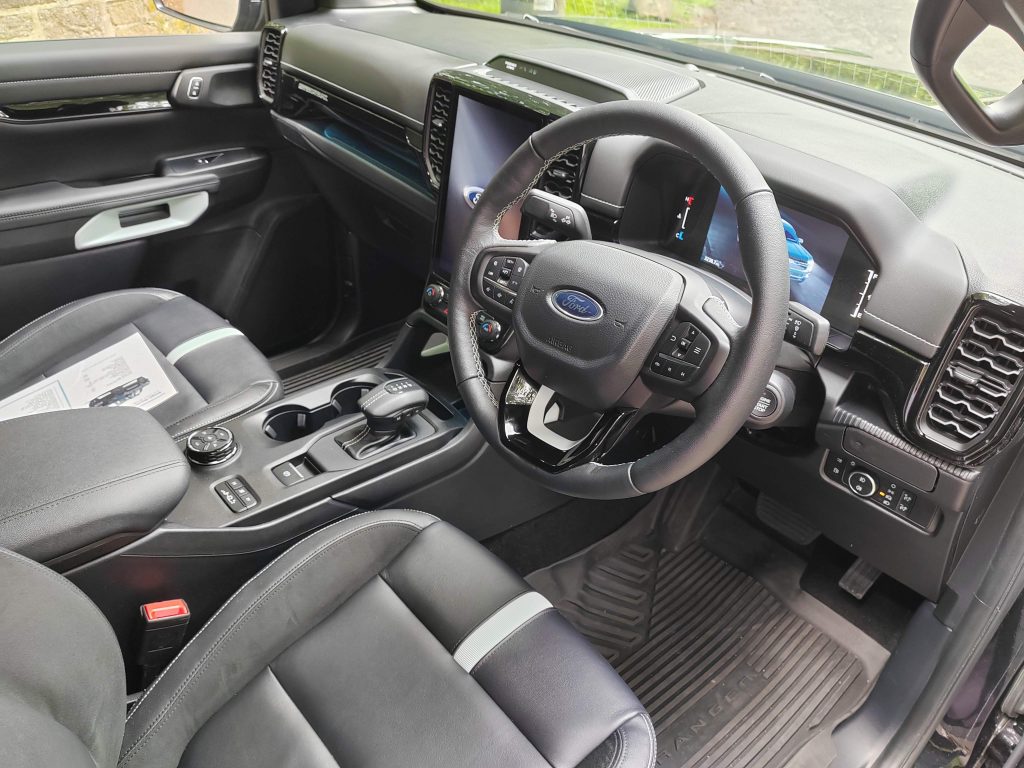
On the Road
Using the default ‘EV Auto’ mode, as the name suggests the truck uses engine or electric power as it sees fit, and the change is virtually imperceptible, even if you’re listening and watching for it. As the numbers suggest, pace, should you need it, is rapid, the petrol engine most of the time being massively underutilised but there should you need it. Other modes include EV Now, only using electric power providing charge is available, EV Later which cuts off electric drive, allowing the battery to charge for use when the driver requests it, and EV Charge, using the engine to top up the battery.
A couple of observations. If you’re in a rush to get home, EV Now is best avoided. Performance is desperately poor, however for urban, stop start use, it’s perfectly acceptable. When I tried both EV Later and EV Charge, the amount of range added to the battery on my test routes was minimal, proving to me that if you need some pure electric power, you need to charge the truck overnight, then switch it to EV Later until you reach the location where it’s required.
But, in summary, the truck drives smoothly, effortlessly and, if required, quickly. And, from this perspective, it wins hands down over the 2.0 litre diesel version, a pickup that drives very well too.
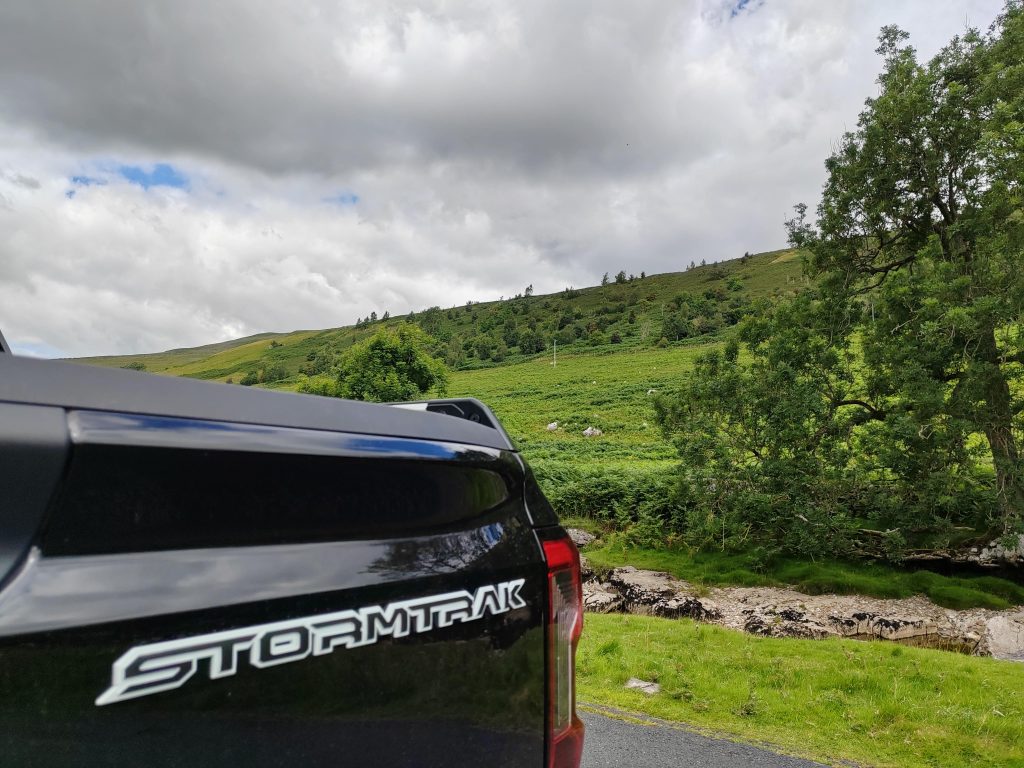
Weights and Measures
Only two really matter here. Yes, it has a 1000kg payload, and yes, it can tow 3500kg.
Conclusion
Although a fully electric Ranger is in the pipeline, manufacturers are struggling to get the balance right between range and payload. Maxus has had two attempts, one, just 2WD, the other an upmarket vehicle with a sub 1000kg payload. Isuzu has brought out one that ticks the boxes but with a price tag which will make the sceptical agricultural community wince. There’s little else out there apart from a mild hybrid Toyota Hilux. So, has Ford pulled off a masterstroke with a Ranger that will appeal to those who do want a ‘halfway house’ between fossil fuel and fully electric operation? Maybe, but, irrespective of this, I don’t see any reason for a traditional diesel buyer not to consider the Ranger PHEV. It does everything the oil burner does, but in a smoother, quieter manner and in most cases with more power and torque.
It’s a great truck which has been engineered possibly to perfection. And yes, as with the Custom PHEV, I would buy one.
